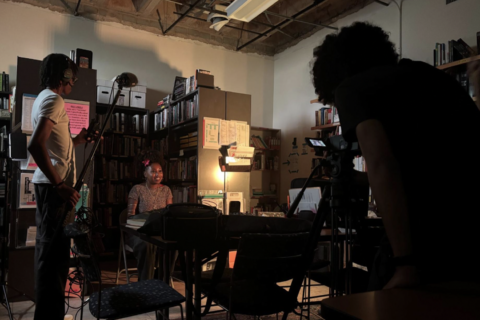You only have to walk a few feet away from the Jefferson Memorial to see why the National Park Service and a contingent of preservation groups are raising alarms.
If you walk down the steps of the memorial and over to the water at the right time — high tide, actually, which happens twice a day — you won’t have to go far before you’re stepping into lots and lots of water.
The seawall that surrounds the Tidal Basin was built in the 1800s.
“When they constructed this seawall, the construction methods that they did back then are probably not the same as what we would do today,” said Sean Kennealy, of the National Park Service.
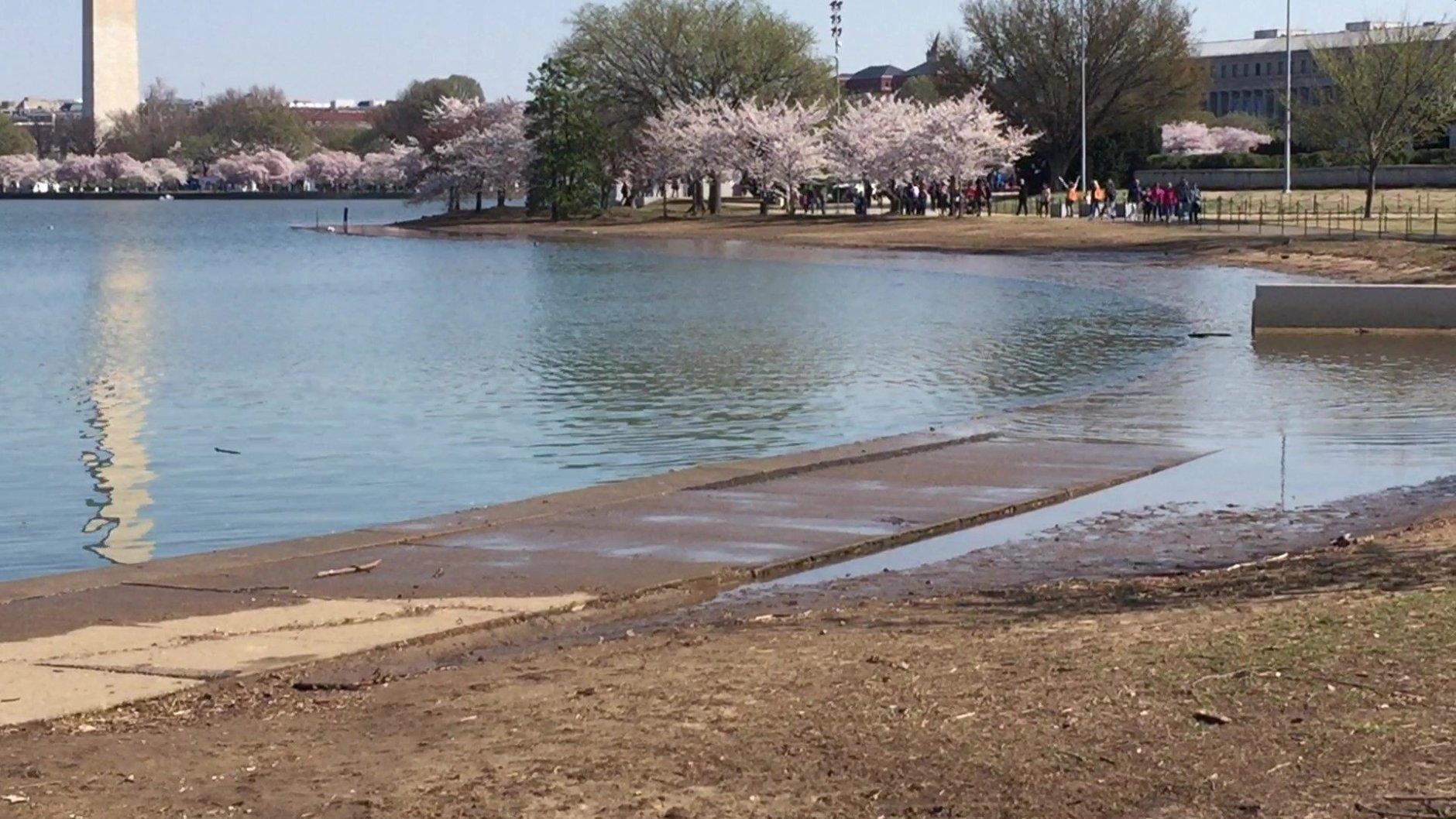
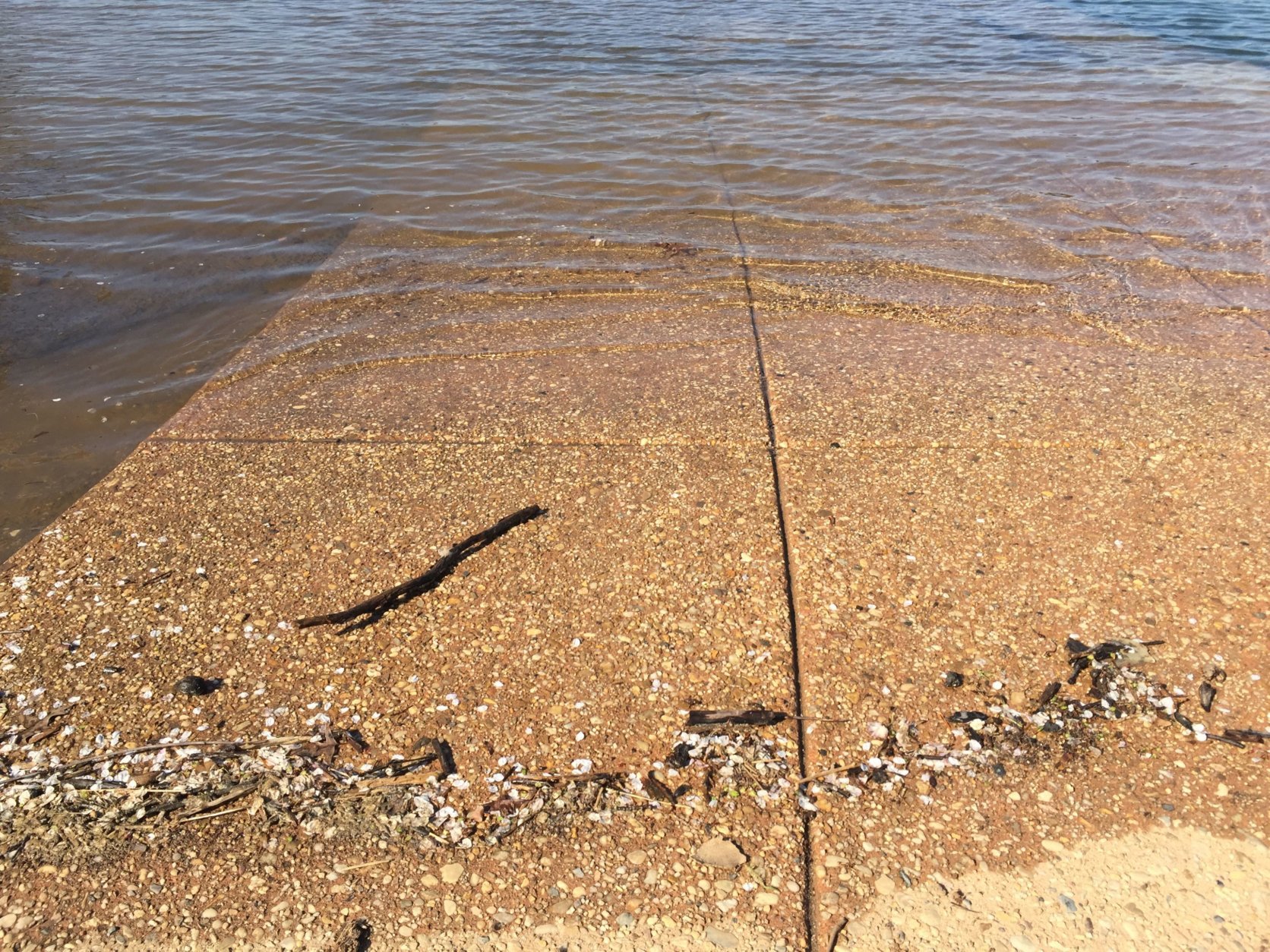
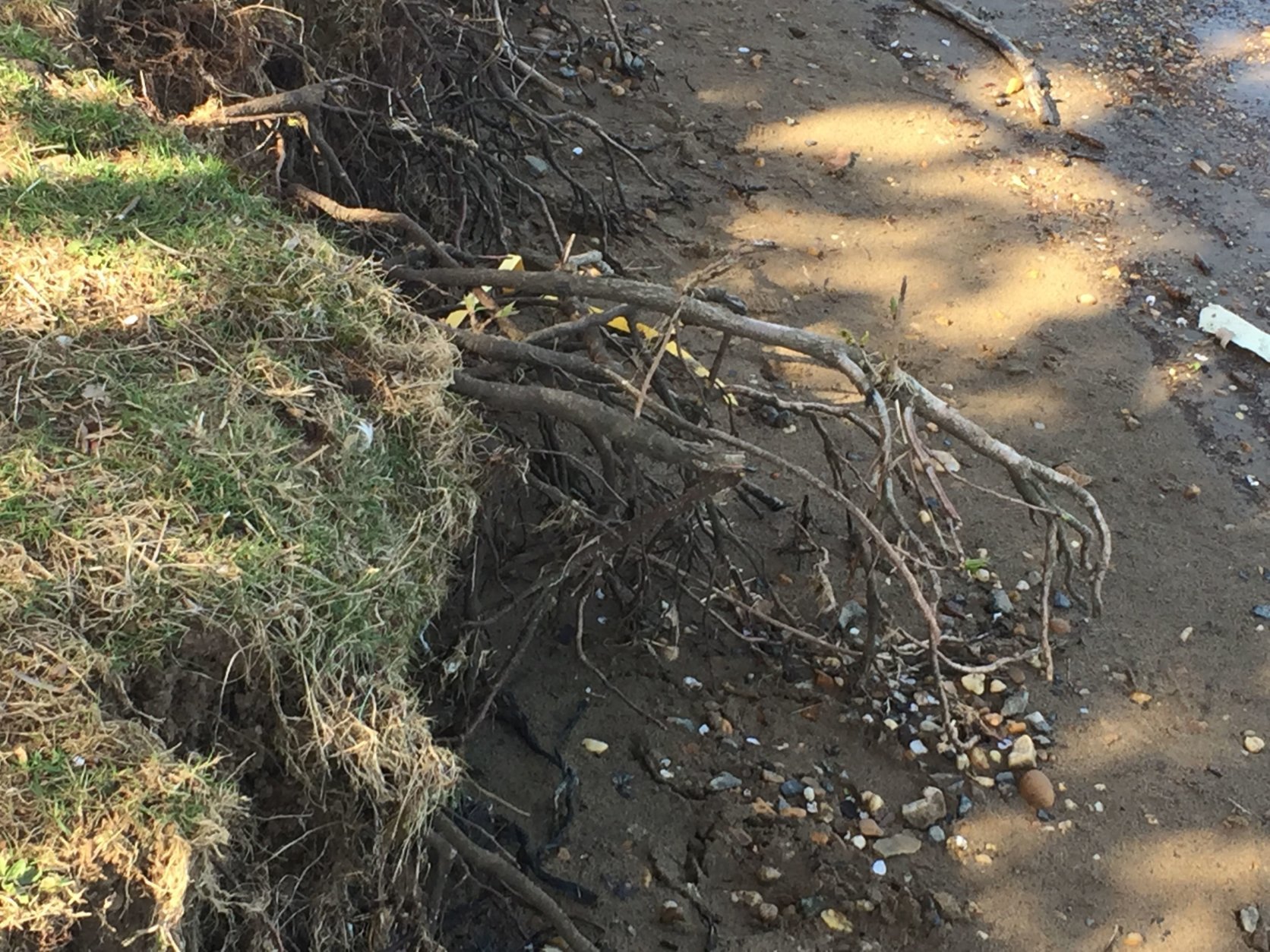
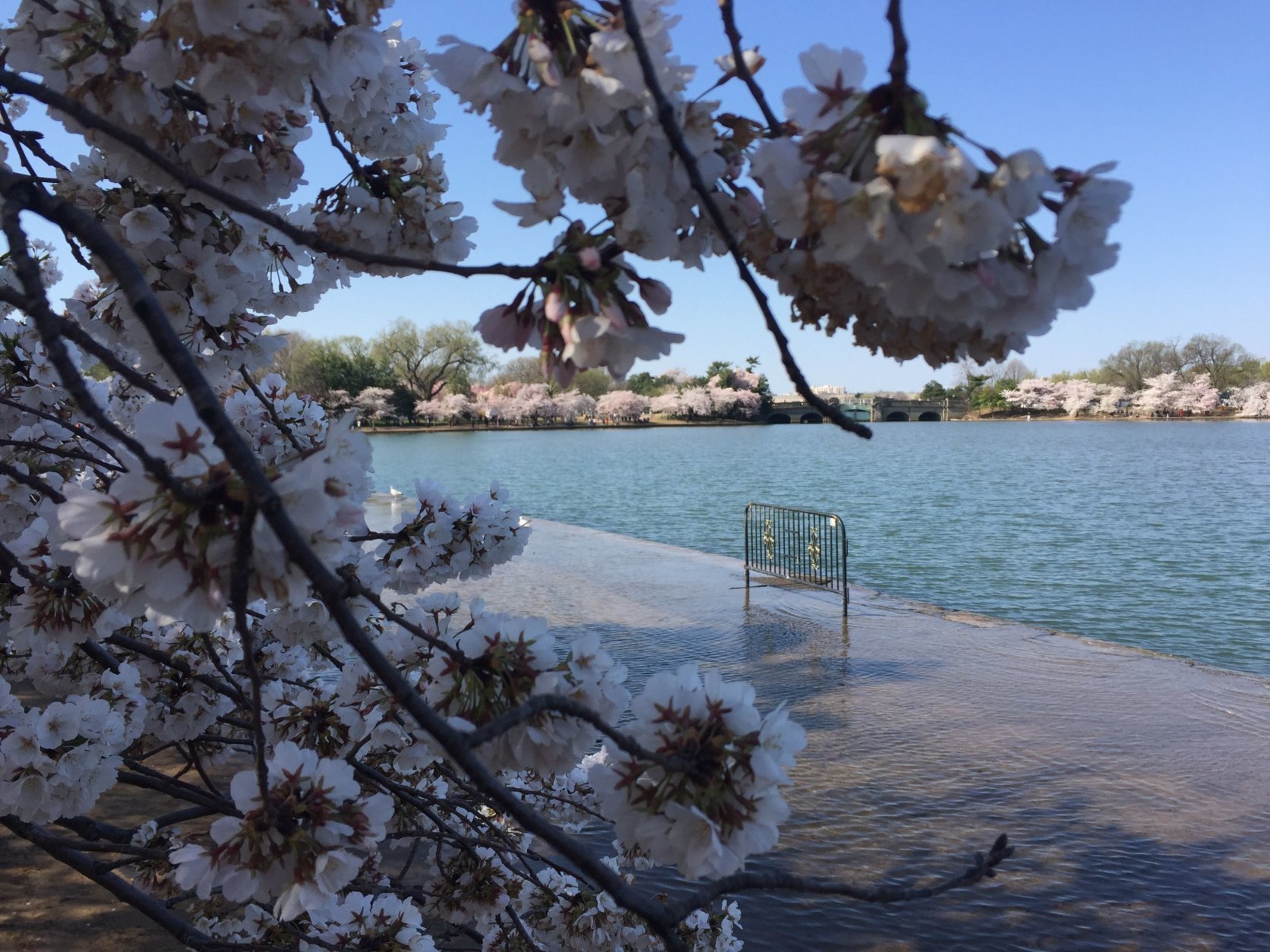
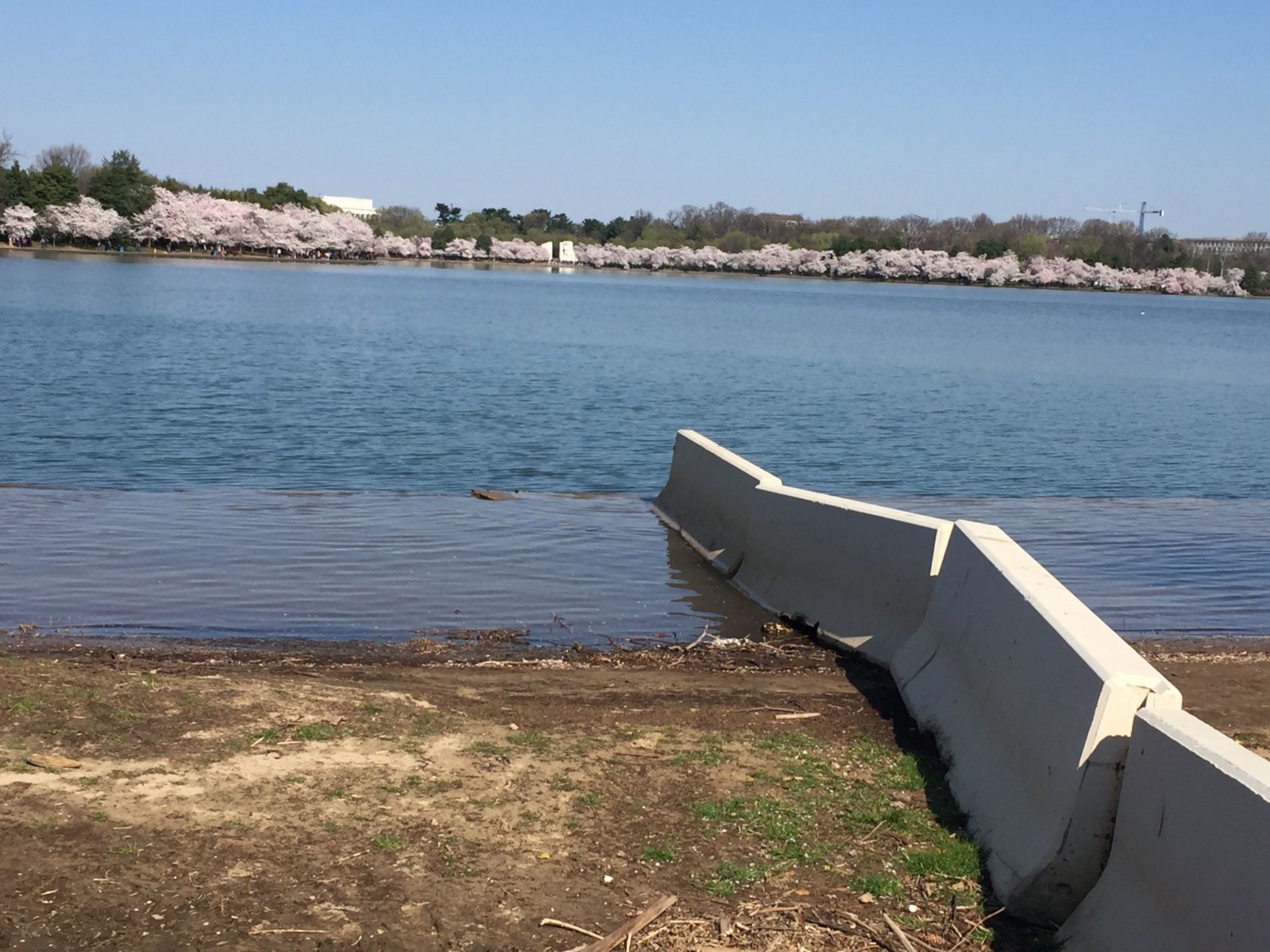
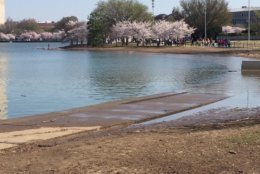
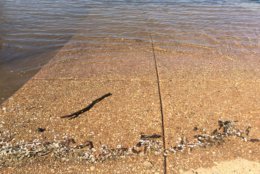
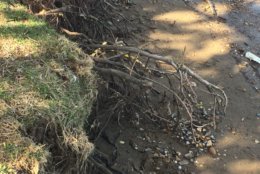
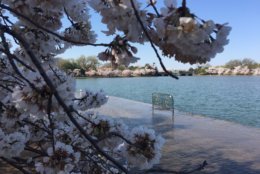
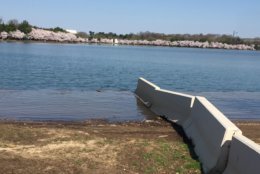
Over the years, that seawall has gradually been slipping into the mud, allowing water to lap over the sidewalk and leaving roots of the famed cherry trees exposed and dangling in the open air.
At the same time, the Tidal Basin wasn’t built to handle the sort of crowds it sees today either. The sidewalks are tight and, for better or worse, security isn’t what you’d expect at other national parks and memorials around the District.
But with hundreds of millions of dollars in repairs still needed, and the park service’s maintenance backlog becoming more and more apparent, preservation groups are coming to the Tidal Basin’s aid.
The Trust for the National Mall, the National Trust for Historic Preservation, and American Express are teaming up to create what’s being called an “Ideas Lab” to, in their words, “Save the Tidal Basin.”
“Current conditions at the Tidal Basin do not do justice to a public place of such significance,” said Katherine Malone-France of the National Trust for Historic Preservation. “We must bring the most American of values: innovation and ingenuity and the voice of the public … to secure its future.”
The lab, she said, will create “a forum for generating bold and ambitious concepts to shape the future of the Tidal Basin for the next 150 years.”
“The ideas lab is to bring a group of high-level thinkers into this area,” said Kennealy, with a goal of sustainable solutions “that are going to last for the next two, three, 500 years.
“This is a big area that we have to deal with,” he said.
Over the next few years, the lab will seek out ideas that will stop the water from the Potomac River from washing over the landscape and damaging trees and sidewalks — and that will make the sidewalks more accessible to more people.
“Walkways aren’t wide enough. Trees aren’t protected as well as they should,” said Kennealy. “We have infrastructure with regard to drainage and sewer lines and water lines and all the stuff that people don’t see that need to be addressed, too, because those make up the entire system you see here at the Tidal Basin.”
“We want to look at the way our visitors get here,” said Kennealy, as he rattled off different transportation considerations that will be made, “not to mention we’ve got issues with some site security that we need to address too.”
He pointed out some temporary jersey barriers, meant to protect visitors from vehicles.
“That’s not our preferred solution,” he said.




